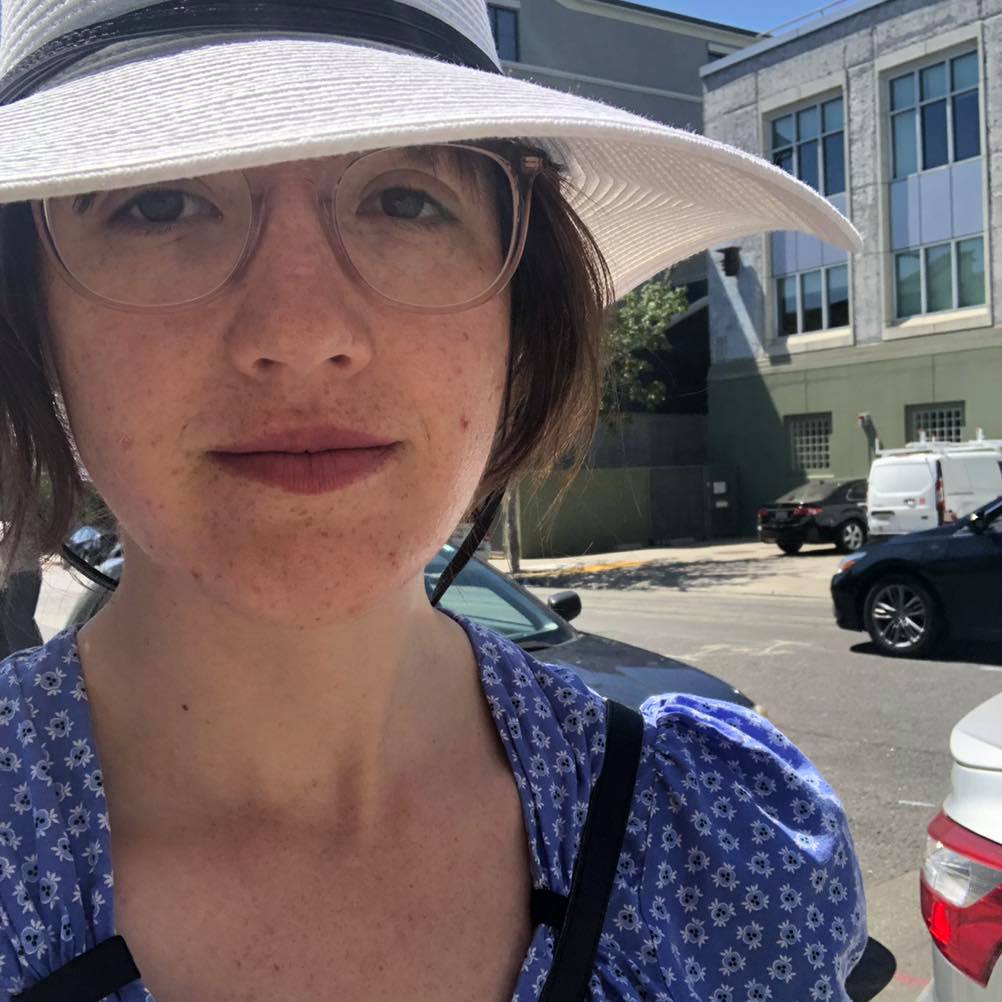

human-computer interaction @ mit csail

human-computer interaction @ mit csail







discover by group





























Please look at lab websites for more information on research projects.
Email has grown from a tool for communication to one that also encompasses task management, notifications, and a personal information repository. However, current email clients are not flexible or powerful enough to handle users' myriad needs for email. To address users' demand, we aim to redesign emails ranging from programmable personal inbox to community-wide mailing-list.
Inspired by the history of the user interface for personal computing, we are developing new interaction models for personal fabrication. Instead of working through a digital 3D editor, we propose to let users work hands-on on the physical workpiece and to update the physical object after every editing step. Our long-term vision is to enable direct manipulation for physical matter in the same way as we today manipulate digital data on touch-devices, such as the iPad.
Even though considered a rapid prototyping tool, 3D printers are so slow that a reasonably sized object requires printing overnight. This slows designers down to a single iteration per day. Our concept called Low-fidelity fabrication speeds up design iteration by printing intermediate versions of a prototype as fast, low-fidelity previews. Only the final version is fabricated as a full 3D print.
Gitless is an experimental version control system built on top of Git. Many people complain that Git is hard to use. We think the problem lies deeper than the user interface, in the concepts underlying Git. Gitless is an experiment to see what happens if you put a simple veneer on an app that changes the underlying concepts. Because Gitless is implemented on top of Git (could be considered what Git pros call a "porcelain" of Git), you can always fall back on Git. And of course your coworkers you share a repo with need never know that you're not a Git aficionado.
For decades, 'software design' has been about the internal structure of the code. Recently though, with the growing interest in design thinking, practitioners and researchers have started focusing more on the design of the behavior of the software. The behavior not only determines the user experience, but also shapes the implementation in fundamental ways. In this project, we are developing a radical new approach to software design that focuses on this aspect. The key idea is the identification of conceptual constructs that embody the key behavioral features of the application. To realize the goal of a new design method for software, we analyze existing systems and applications and develop new ones, polishing our design theory in response to what we learn from case studies.
Espalier (formerly Object Spreadsheets) is a new computational paradigm that combines the usability advantages of spreadsheets with SQL-like expressive power, providing a way to build a wide class of interactive applications more easily than with existing tools. Nearly every organization is responsible for processes that involve collection and manipulation of structured data subject to certain rules; in CSAIL and EECS alone, examples range from a milk pool that tracks whose turn it is to buy milk next to the graduate admissions process. The Espalier tool can be used to build organizational applications that support these processes by letting users view and update data subject to the applicable constraints. Espalier seeks to provide an integrated visual environment to construct the schema, data, and logic that is natural enough to appeal to end-user developers yet general enough to conveniently express arbitrary logic.
Communication often has a pictorial component, as for example when designers (of many sorts) sketch, or stand at a whiteboard, drawing, gesturing, and talking about their designs. We want the whiteboard to be smart enough to understand that interaction, i.e., understand the sketches, the gestures, and the speech, and be able to draw, gesture and talk in response, as style we call symmetric multimodal interaction.
For many years neuropsychologists have tested people's cognitive status by having them draw simple diagrams. We have been administering these tests using a digitizing ballpoint pen, then analyzing this data using a variety of sophisticated techniques from sketch understandig, machine learning, and signal processing. This research has uncovered very subtle, previously unknown movements made when drawing that are indicative of cognitive status.
Instructors: Daniel Jackson, Mitchell Gordon
Provides design-focused instruction on how to build complex software applications. Design topics include classic human-computer interaction (HCI) design tactics (need finding, heuristic evaluation, prototyping, user testing), conceptual design (inventing, modeling and evaluating constituent concepts), social and ethical implications, abstract data modeling, and visual design. Implementation topics include reactive front-ends, web services, and databases. Students work both on individual projects and a larger team project in which they design and build full-stack web applications.
📅 Tuesdays, 4pm 📍 Star Room (32-D463) 🔓 Open to the public 📫 Subscribe ✉️ Contact
Lunch with speakers: 12pm in HCI Lounge (32-G707)
Organizers: Profs. Arvind Satyanarayan (EECS, CSAIL), Crystal Lee (CMS/W), Mitchell Gordon (EECS, CSAIL), and Anna Huang (MTA, EECS, CSAIL)
Coordinator: Cindy Rosenthal
Every hour, we honor one of our amazing PhD students and postdocs as Student of the Hour!